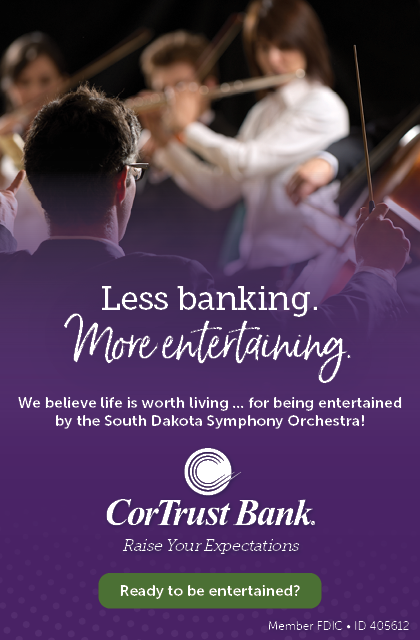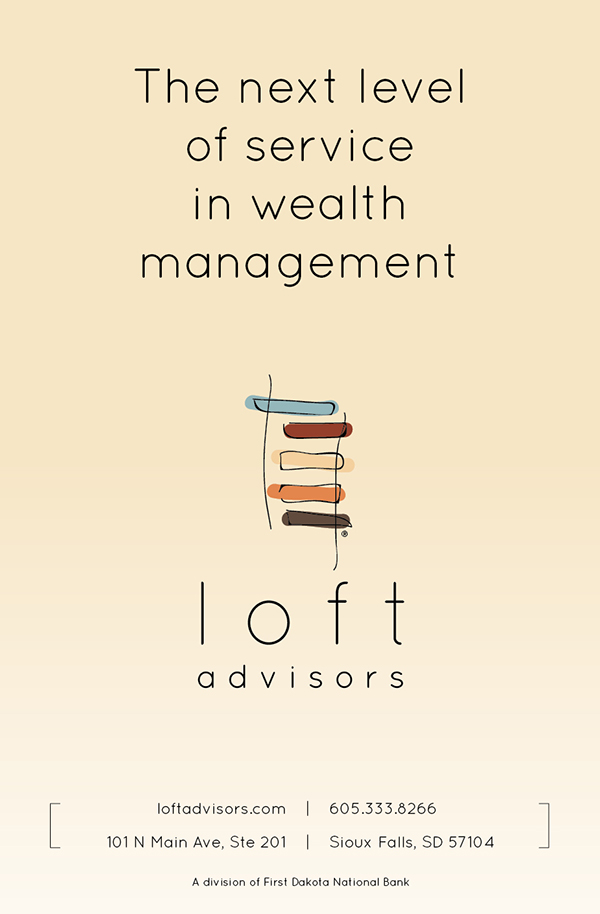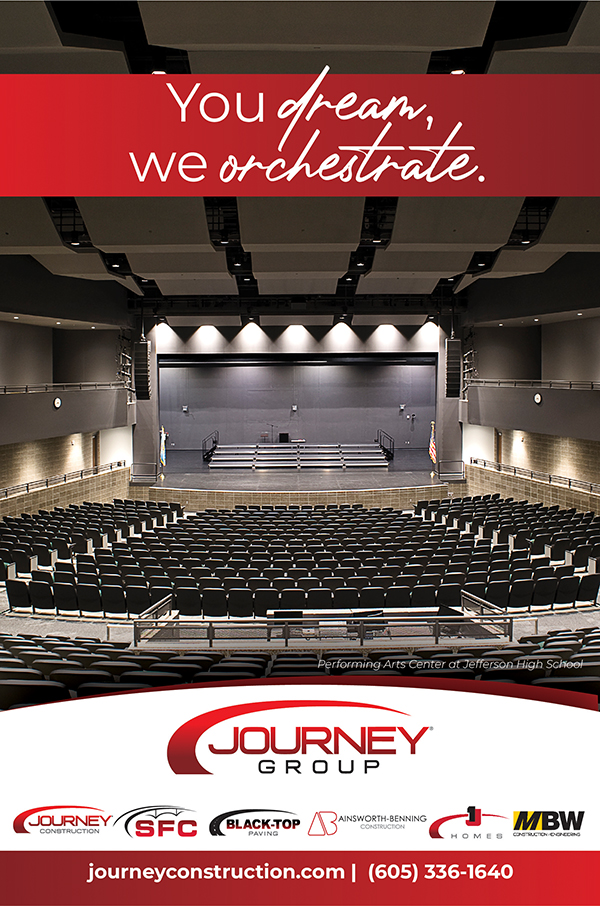Written by Anna Vorhes
BORN
February 29, 1792, Pesaro, Italy
DIED
November 13,1868, Paris
INSTRUMENTATION
2 flutes, 2 oboes, 2 clarinets, 2 bassoons, 2 horns, 2 trumpets, 1 trombone, timpani, percussion, strings
DURATION
8 minutes
COMPOSED
1816
WORLD PREMIERE
February 20, 1816, Teatro Argentina, Rome
SOMETHING INTERESTING TO LISTEN FOR: Rossini used a compositional technique that came to be called a Rossini crescendo. He presented one of his main themes at a very soft dynamic level. He repeated it several times, boosting the dynamics each time, until the last repetition was a very loud reiteration of the melody. You’ll hear that effect in this overture.
PROGRAM NOTES
Gioaccino Rossini was a prolific and popular young composer. His opera buffa, comic operas, were written fairly early in his short career. This is arguably his best creation of the genre of opera. (His short career was by his own choice. He retired from composition after he finished William Tell in 1829 when he was 37. He had persuaded the French government to grant him an annuity, and his operas had made him rich. At that young age he had created forty operas.)
Rossini was prolific but not tidy. The story of this overture is one of multiple uses. He wrote an overture for The Barber of Seville, but the whole opera was created quickly. As the final rehearsals were preparing for production, Rossini was asked for a copy of the overture. He couldn’t find the work he had created to open this opera! Instead, he took an overture he had used for two other operas, adjusted it a bit, and used it for The Barber of Seville. The popularity of the opera made it impossible for Rossini to repurpose it one more time.
Broadway fans expect to hear snatches of the music that will entertain them through the evening. In nineteenth century operas the overtures were intended to set the mood for the drama to come, but were not connected thematically to the body of the work. This overture is a modified sonata from with two contrasting themes, and short development and an exciting recapitulation.
Enjoy the familiarity of this work as it opens this evening’s concert with cheerful sounds from a master.




